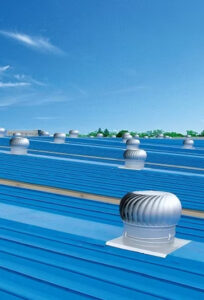Crimping Sheet
Crimping sheets are metal sheets that have undergone a process of corrugation, creating a series of parallel ridges and valleys along their length. This process significantly enhances their strength, rigidity, and load-bearing capacity compared to flat sheets.
Key Characteristics
Enhanced Strength
The crimping process introduces a wave-like pattern into the sheet, increasing its resistance to bending, buckling, and deformation under stress.
Versatility
Crimping sheets find applications in various industries, including:
- Construction: Roofing, wall cladding, and structural components.
- Automotive: Body panels, chassis components.
- Manufacturing: Industrial flooring, machine guards, and enclosures.
Weather Resistance
The corrugated profile enhances the sheet’s ability to shed water and resist wind uplift, making them suitable for outdoor applications.
Aesthetic Appeal
Crimping sheets can add a visually interesting dimension to structures, offering a variety of profiles and finishes.
Types of Crimping Sheets
Galvanized Crimping Sheets
Made from galvanized steel, offering excellent corrosion resistance.
Aluminum Crimping Sheets
Lightweight and corrosion-resistant, ideal for applications requiring high strength-to-weight ratios.
Stainless Steel Crimping Sheets
Highly durable and resistant to corrosion, suitable for demanding environments.
Benefits of Using Crimping Sheets
- Increased Strength and Rigidity: Provides superior structural support compared to flat sheets.
- Improved Weather Resistance: Effectively sheds water and resists wind uplift.
- Versatility: Suitable for a wide range of applications in various industries.
- Cost-Effectiveness: Often more economical than some other construction materials.
- Aesthetic Appeal: Offers a variety of profiles and finishes to suit different design requirements.

